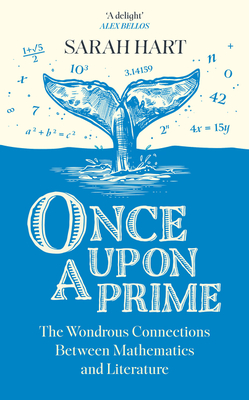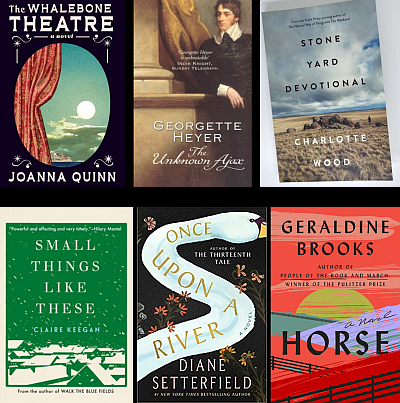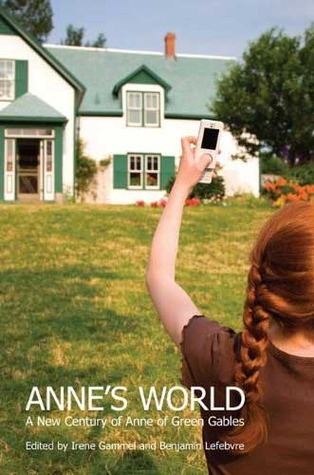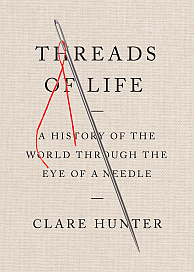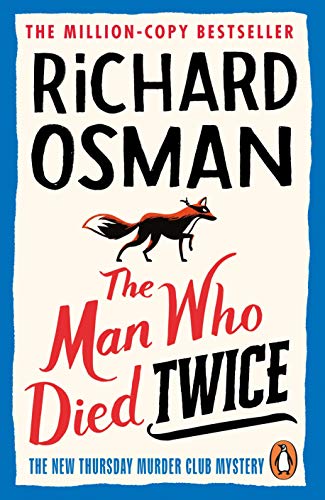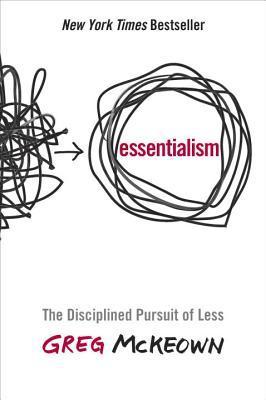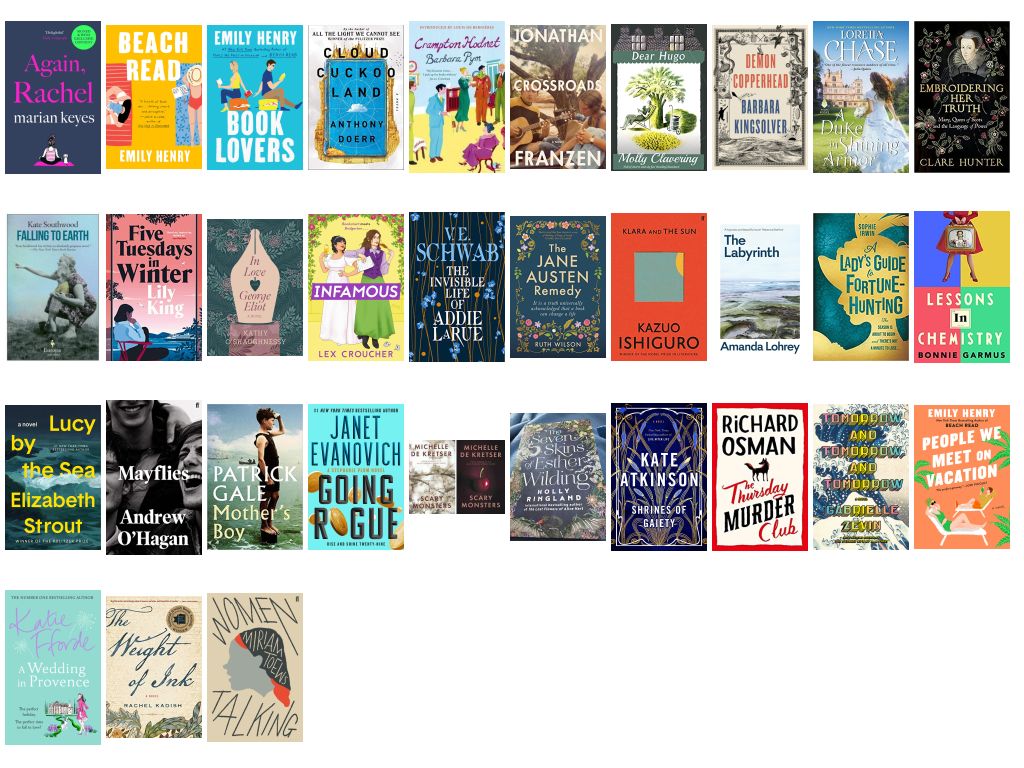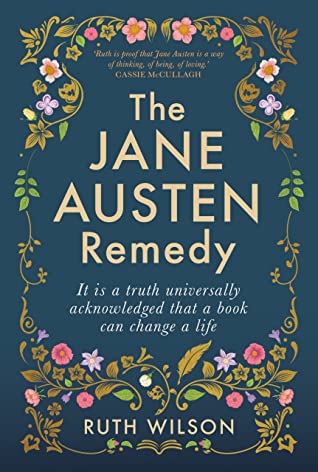I have had a kindle version of this for a while, I do like a book that encourages taking it easy.
Here’s the blurb …
Any given day brings a never-ending list of things to do. There’s the work thing, the catch-up thing, the laundry thing, the creative thing, the exercise thing, the family thing, the thing we don’t want to do, and the thing we’ve been putting off, despite it being the most important thing. Even on days when we get a lot done, the thing left undone can leave us feeling guilty, anxious, or disappointed.
After five years of searching for the secret to productivity, Madeleine Dore discovered there isn’t one. Instead, we’re being set up to fail. I Didn’t Do the Thing Today is the inspiring call to take productivity off its pedestal—by dismantling our comparison to others, aspirational routines, and the unrealistic notions of what can be done in a day, we can finally embrace the joyful messiness and unpredictability of life.
For anyone who has ever felt the pressure to do more, be more, achieve more, this antidote to our doing-obsession is the permission slip we all need to find our own way.
This book is good for anyone who gets a bit obsessed about their to do list, or their routine (I am guilty of that – although I do need a bit of structure in my day). We all only have 24 hours a day and we need to prioritise them to suit ourselves and not the rest of the world.
A review.


